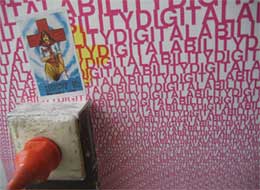 Designmai opened a few days ago and i’m currently spending an awful lot of time trying to find my way around the Mitte area to visit the shows. Let’s start the overview of the event with a look at the Digitalability exhibition that showcases how the new affordability of digital instruments is being harnessed by designers. The exhibition is divided into three broad themes: creation (as illustrated in the video of Front’s Sketch Furniture), production and communication. Just a few highlights:
Designmai opened a few days ago and i’m currently spending an awful lot of time trying to find my way around the Mitte area to visit the shows. Let’s start the overview of the event with a look at the Digitalability exhibition that showcases how the new affordability of digital instruments is being harnessed by designers. The exhibition is divided into three broad themes: creation (as illustrated in the video of Front’s Sketch Furniture), production and communication. Just a few highlights:
Geoffrey Mann‘s “Attracted to Lightâ€? lampshade tracing the erratic behaviour of a moth upon seeing a light source. The spiralling trajectory of the insect was captured through a cinematographic technique and then materialized using a rapid prototyping technique.
Just underneath the lamp were Marcel Wanders’ Airborne Snotty Vases. The design was based on a 3D scan of sneezing excretions from the nose. The data was sent to a rapid prototyping machine that printed the objects in 3D.
Louise Campbell‘s very ground chair started as a paper model, was turned into a digital file then transformed into a solid object.
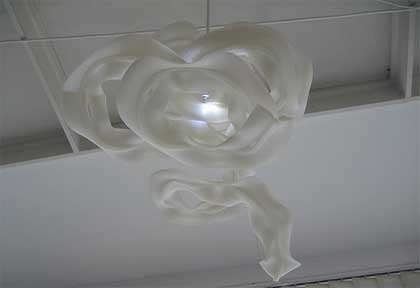 Attracted to Light
Attracted to Light
Reprap, the “Replicating Rapid Prototyper” is one such rapid prototyping system. The machine, developed by Adrian Bowyer, can copy itself and manufacture everyday objects quickly and cheaply. Bowyer, who gave a talk at the Digitalability symposium, believes that if the technology takes off it could bypass conventional finance. The machines would be creating great wealth, but would be almost valueless themselves. To see why this is so, suppose you had one and decided to copy it and to sell the copy. You think that if you charge $1000 that would be reasonable, and would give you a decent profit. But the person to whom you sell it can copy his or her machine and sell the copies for $900. Very quickly the cost drops to the point where the profit is shaved to the bone (via).
One thing that i forgot to mention is that the exhibition is very white: most of the objects are white, the walls are white, etc. So thanks Marius Watz for splashing magnificent colours on the pale surrounding. His Illuminating B patterns, created with Processing, are a sequence of 100 high resolution vector images. The software version of the work was used in February for the real time visuals of Club Transmediale 07.
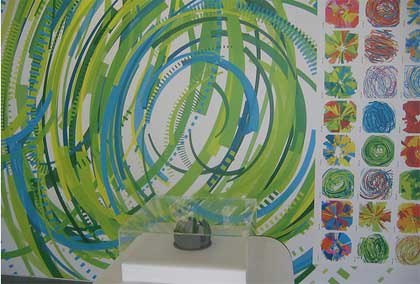 Büro Destruct had an amazing graphic Dark Room that uses luminous paper which reveals a sign thanks to sudden flashes. The images are imprinted on the retina of the visitors and remain there as a fleeting memory. Don’t miss the video.
Büro Destruct had an amazing graphic Dark Room that uses luminous paper which reveals a sign thanks to sudden flashes. The images are imprinted on the retina of the visitors and remain there as a fleeting memory. Don’t miss the video.
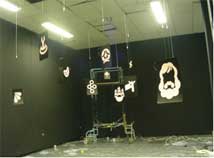
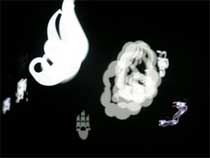
Looks like Martin Mairinger’s USED clothing project has inspired Oliver Vogt and Hermann Weizenegger. The press was all over their Relationchip installation that claims to give worn clothes a new lease of life. Discarded garments receive a revamp or “moddingâ€? process and a dedicated RFID chip. This chip can be scanned with a reader and contains the images and names of all previous owners and respective modding artists. During Designmai, between 1 pm – 5pm, relationchip.org guest designers will perform as CJs (cloth jockeys).
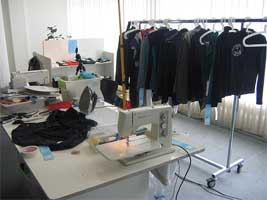
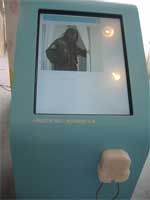
The exhibition runs until May 20, on Spandauer Str. 2 in Berlin Mitte.
My images on flickr.
Pingmag has a feature on the exhibition as well.
